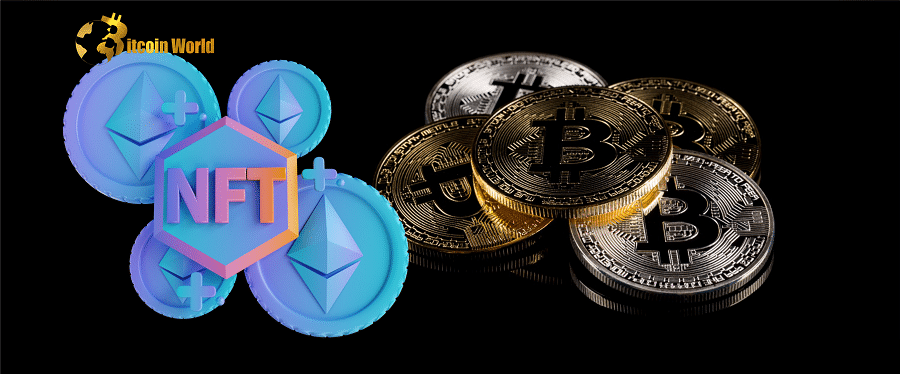The Bitcoin community is split on whether NFT-like “digital artifacts” are a good match for the Bitcoin environment.
The recent deployment of a nonfungible token (NFT) protocol on the Bitcoin mainnet has split the cryptocurrency community as to whether it would be beneficial to the Bitcoin ecosystem.
The system, known as “Ordinals,” was devised by software programmer Casey Rodarmor, who formally debuted the program on the Bitcoin mainnet in a blog post on January 21.
The protocol enables the Bitcoin version of NFTs, which are defined as “digital artifacts” on the Bitcoin network.
These “digital artifacts” might include JPEG-like photos, PDFs, and video and audio formats, among others.
The protocol’s launch has split the Bitcoin community, with some saying that it would provide new financial use cases for Bitcoin, while others argue that it will depart from Satoshi Nakamoto’s vision of Bitcoin as a peer-to-peer currency system.
Bitcoin bull Dan Held supported the idea, arguing that it will increase demand for block space and consequently fees, while also introducing additional use cases to Bitcoin.
Some have noted that these NFT-like structures have used block space on the Bitcoin network, potentially increasing transaction costs.
“Bitcoin is Saving” on Twitter, for example, suggested to its 237,600 followers on Jan. 29 that “privileged, affluent white” people’s inclination to use JPEGs as status symbols may prohibit marginalized people from participating in the Bitcoin network.
Cryptocurrency analyst Eric Wall disagrees with the notion that the built-in block size restriction will keep transaction fees from rising.
Others, such as Blockstream CEO and Bitcoin core developer Adam Back, were not pleased with the introduction of meme culture to Bitcoin and advised the engineers to channel their “stupidity” elsewhere.
However, Ethereum bulls and The Daily Gwei’s Anthony Sassano slammed the Blockstream CEO for wanting “unwanted” transactions restricted, which many say goes against the Bitcoin ethos.
Rodarmor said in a blog post that the NFT-like structures are built by inscribing satoshis, the Bitcoin network’s native currency, with arbitrary information.
According to Ordinal’s technical documentation, these inscribed satoshis, which are cryptographically represented by a string of digits, may subsequently be safeguarded or transferred to other Bitcoin addresses:
“Inscribing is done by sending the satoshi to be inscribed in a transaction that reveals the inscription content on-chain. This content is then inextricably linked to that Satoshi, turning it into an immutable digital artifact that can be tracked, transferred, hoarded, bought, sold, lost, and rediscovered.”
The inscriptions take place on the Bitcoin mainnet; no sidechain or distinct token is required, according to the whitepaper.
According to the Ordinals website, only 277 digital artifacts have been inscribed thus far.
Interestingly, Rodarmor stated on the Hell Money Podcast on August 25 that Ordinals was established to bring memes to life on Bitcoin:
“This is 100% a meme-driven development.”














